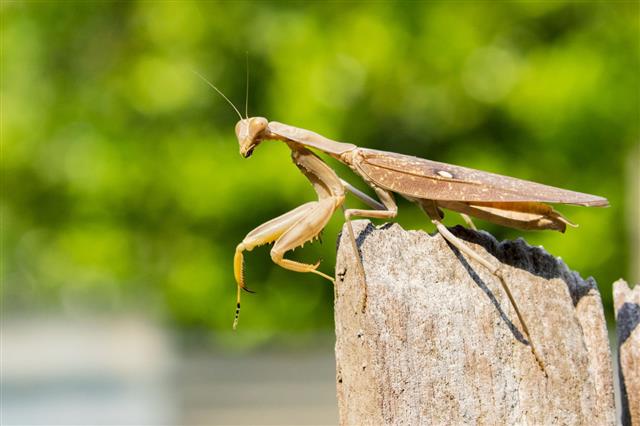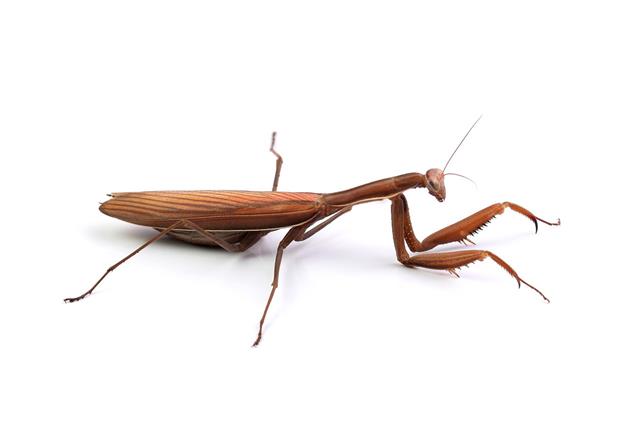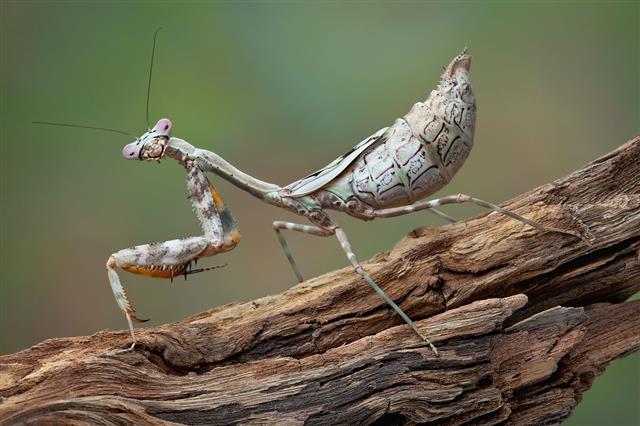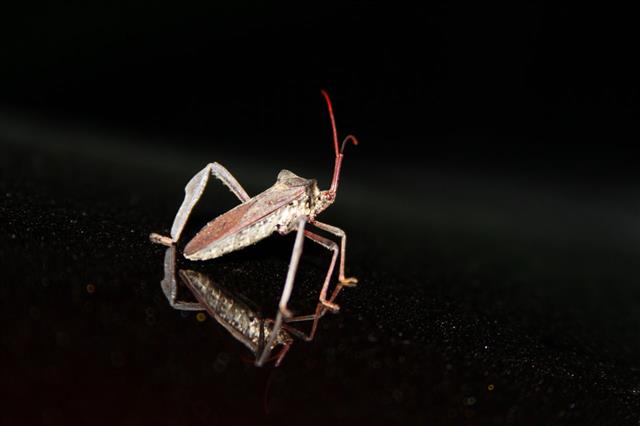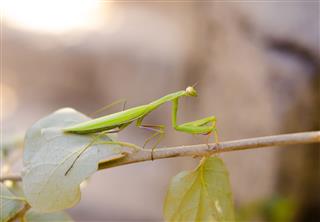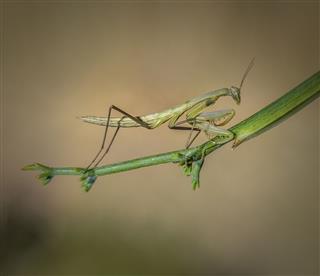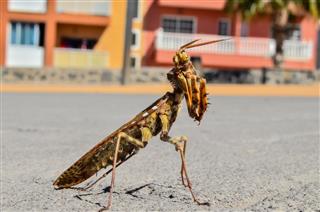
Praying mantises are carnivorous insects, with nearly 2000 species of these found on the planet. These insects are closely related to cockroaches and vary in size from a centimeter to several inches. This AnimalSake post has everything you need to know about the habitat of the praying mantis.
While taking a walk in the garden, late in the evening, have you noticed a green leaf-like insect with its front legs bent and held together at an angle that looks as if it is praying? It then suddenly catches hold of the little wriggling caterpillar and bites its head off! Well, you have just witnessed the praying mantis hunting its prey. Due to its folded front legs, this interesting insect is named the praying mantis.
Where does a praying mantis live?
The praying mantis habitat range is widely distributed throughout the tropical, sub-tropical and warm temperate regions of the world. Many species are found in the Americas, South Africa, Europe, the South Asia and some parts of Australia.
The habitat influences the color of the mantis. This is very useful in camouflaging themselves from the view of other insects. This is also useful in hiding themselves from their predators like the owl, frogs, chameleons, bats, monkeys, etc.
The praying mantis prefer living in warmer climates with mild winters. They live in gardens, forests, or areas with green vegetation.
Physical Features
These insects have a body that is divided into three distinct parts―the head, thorax, and abdomen. They have large compound eyes on the head. These eyes move freely up to an angle of 180°. They have three simple eyes present between the compound eyes. The thorax region is elongated and appears like a neck. The front legs are attached to the thorax region. They have modified raptorial graspers with strong spikes. They use it to grasp and hold their prey. Praying mantis are basically diurnal.
They are usually green or brown, that helps them camouflage on the plants they inhabit. The praying mantis diet consist of moths, crickets, grasshoppers, flies, caterpillar, and other small insects. They have quick hunting reflexes that are invisible to the human eye. They lie patiently in ambush, stalking their prey, and snarl the unsuspecting insect using the spikes on the front legs.
After mating, the female mantis lays hundreds of eggs in a small case. The nymphs hatch from these eggs and have unmistakable resemblance to their parents. Praying mantis can live up to 12 months in the wild.
Additional Facts
- Sexual cannibalism has been observed in praying mantises. During mating the hungry female bites off the male’s head and devours it. The male continues to copulate without the head as the nerve for copulation is present in the abdomen region.
- Even the nymphs are known to prey on each other. Praying mantis will also prey on its kind, in the absence of other food sources.
- When threatened, the mantis stands tall on its hind legs and spreads its forelegs. Their wings are fanned out and mouth wide open making the mantis look quite ferocious. This scares off the opponent. If the opponent does not back out in spite of this, the mantis strikes with his forelegs and tries to pinch, bite, and slash the challenger.
- The insect develops wings only after its final molt. Few never develop wings and some develop flightless wings. Praying mantis usually do not fly. The male mantis mainly fly at nights when they are attracted to light or during the mating season, when the females emit pheromones.
Praying mantises are very interesting creatures. The next time you spot one in your garden, do not be alarmed. Admire these wonderful creatures and leave them alone. They are very helpful to our gardens as they consume insects that harm the plants.



